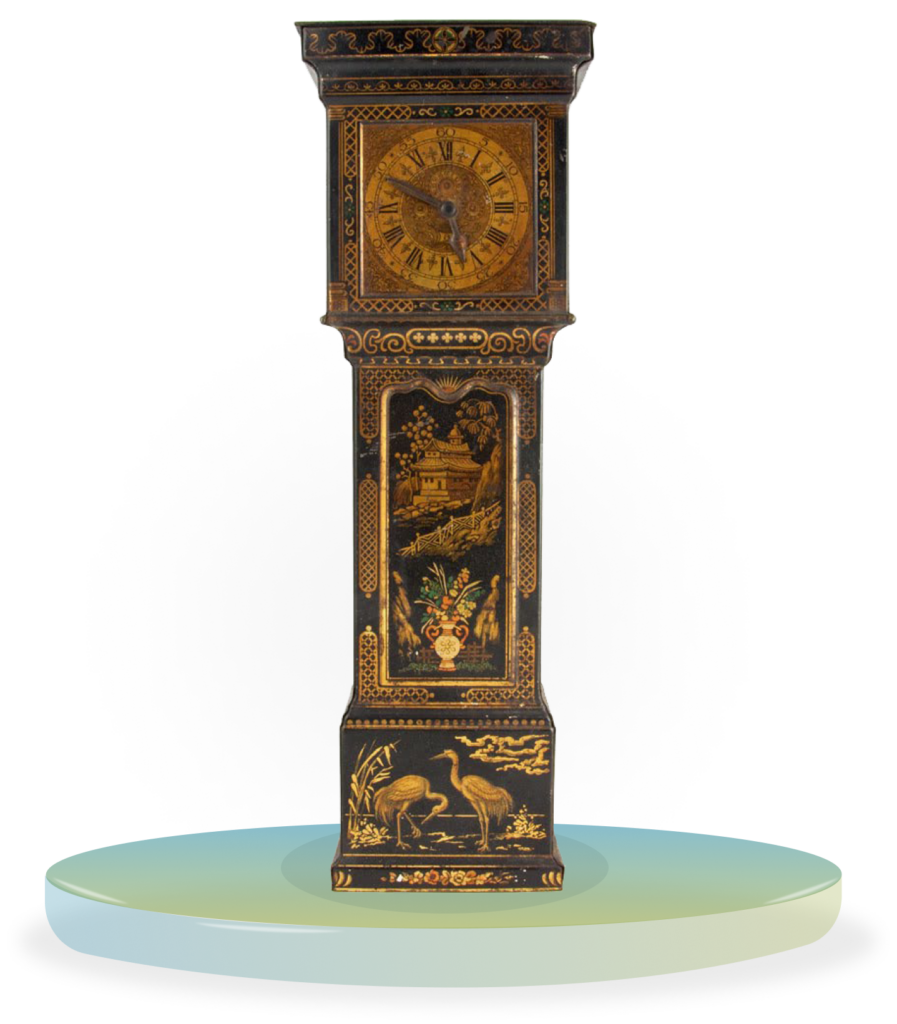
Elaborately decorated biscuit tins were a staple of the Victorian era grocery store, which emerged due to developments in tin plate manufacturing and lithographic processes.
These tins were meant to be enjoyed as works of art, which could be reused by households. While most commonly associated with the British Isles, biscuit tins eventually found their way to Europe and America. The most intricate and innovative designs were produced in the early years of the 20th century, before the First World War; during the interwar period, the design of biscuit tins tended to be more simple, due to rising costs. Following the Second World War, the art of biscuit tin design faded into obscurity.
This exhibition charts the history and design of vintage decorative tins through four collections. The Pioneers of Decorative Tins collection traces the formative years of decorative biscuit tins and the contributions of early innovators. The Colonial Decorative Tins collection explores tins that utilise the Orientalist aesthetic which resulted from Western colonial expansion, while the Historical Decorative Tins and Folktale Decorative Tins collections document tins which incorporated imagery from important historical events and traditional folktales.

Pioneers of Decorative Tins Featuring
Huntley & Palmers
Shelf 1
Huntley & Palmers was not only known as one of the biggest biscuit manufacturers of the Victorian era, but also a pioneer in producing memorable tin containers for their biscuits. Established in 1822, the company quickly perfected the art of storing biscuits without breaking them, and became well known for their elaborately decorated collectible biscuit tins.
In the 1830s, these decorative biscuit tins were initially handmade and painted. With the invention of the offset lithography process, biscuit tins could be easily mass produced with more detailed and colourful designs. The tins proved to be a powerful marketing tool, and came to symbolise the commercial power and reach of the British Empire. Today, Huntley and Palmers’ tins are one of the most highly sought-after vintage decorative biscuit tins amongst collectors.

Grandfather Clock
Shelf 1
The Grandfather Clock biscuit tin was made to hold Huntley and Palmer’ biscuits whom were the first company to place biscuits in decorative tins.
Huntley & Palmers is a British company of biscuit makers originally based in Reading, Berkshire. Formed by Joseph Huntley in 1822, the company became of the world’s first global brands and ran what was once the world’s largest biscuit factory. Since 1900, Huntley and Palmers products were sold in 172 countries, furthering their reach globally through advertising poster and signs which features scenes from all around the world.
In 2017, conservators found a 106-year old fruitcake from the company in the artefacts from Cape Adare and the cake was believed to have been part of the rations of Captain Robert Falcon Scott’s Terra Nova Expedition in 1910-1913.

Grandfather Clock
Maker
Year of Make
Material
Country of Origin
Huntley and Palmers
1929 – 1932
Lithographed Tin
United Kingdom
